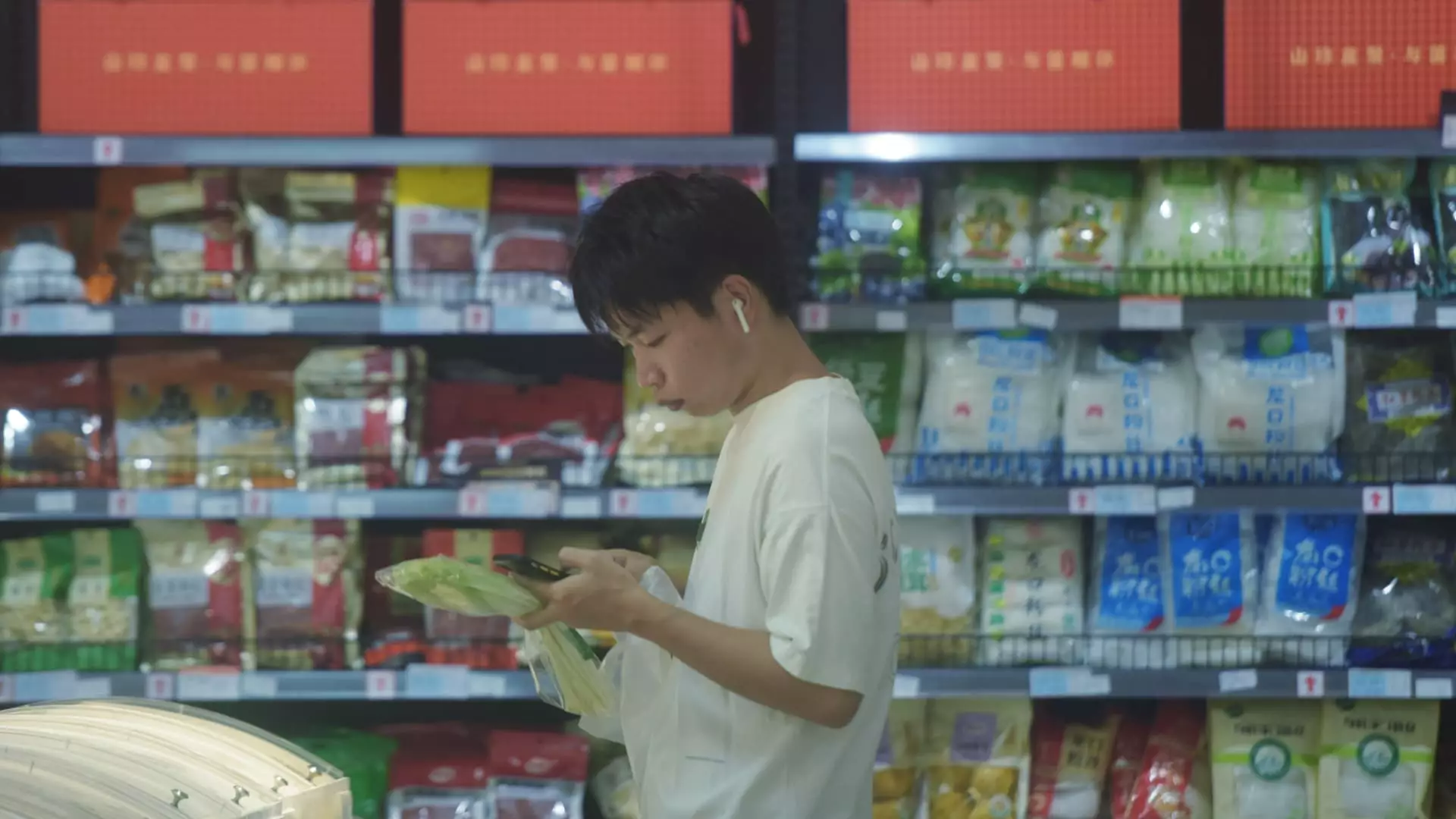China’s economic landscape for August has emerged with a mix of disappointing statistics that have raised serious concerns among analysts and policymakers alike. The National Bureau of Statistics released figures demonstrating that retail sales, industrial production, and urban investment all lagged behind forecasts, highlighting a concerning trend in a recovery that many had hoped would be robust. Retail sales managed to climb only 2.1% year-on-year, falling short of the anticipated 2.5%. This is particularly worrying given that July’s performance was slightly better at a 2.7% increase, indicating a decline in consumer spending momentum.
Similarly, industrial production recorded a rise of just 4.5%, which is lower than analysts’ predictions of 4.8% growth. This marks a further dip from July’s reported figure of 5.1%. The slowdown in industrial production adds pressure to the already fragile economic recovery, suggesting potential obstacles in manufacturing and supply chains. These developments could affect not only domestic economic performance but also have implications for global supply and trade routes, given China’s prominence in global manufacturing.
Another area of concern is fixed asset investment, which grew by merely 3.4% from January to August, again missing the forecast of 3.5%. Infrastructure and manufacturing investments encountered further slowdowns, causing analysts to worry about long-term economic growth prospects. The urban unemployment rate ticked up to 5.3% in August, from 5.2% in July, reflecting increasing challenges in the labor market. The spokesperson for the National Bureau of Statistics, Liu Aihua, pointed to seasonal factors, including the graduation period, as contributing to this rise, but acknowledged that there’s much work left to do in stabilizing employment.
The situation is particularly severe for the younger demographic, with youth unemployment figures standing at an alarming 17.1% as of July. The rising jobless rate highlights the difficulties young graduates face in securing employment, which may lead to long-term socioeconomic issues if not addressed swiftly. The ongoing lack of large-scale stimulus from policymakers further complicates an already unstable job market.
Despite the Mid-Autumn Festival bringing some emotional uplift to the population, the macroeconomic indicators provide little comfort. The economy continues to grapple with external challenges, including weaker domestic demand and limited recovery post-COVID-19. Recent customs data showing imports only increased by 0.5% compared to expectations further emphasizes the existing weakness in consumption patterns, while exports performed slightly better at 8.7%.
As China marches toward the end of the year, the prospect of sustained economic recovery remains unclear. Stakeholders may need to reassess strategies to stimulate consumer confidence and investment, as well as create effective employment opportunities, particularly for the youth. Without prompt action, the outlook for the world’s second-largest economy could be fraught with ongoing difficulties in the face of rising global economic pressures.

